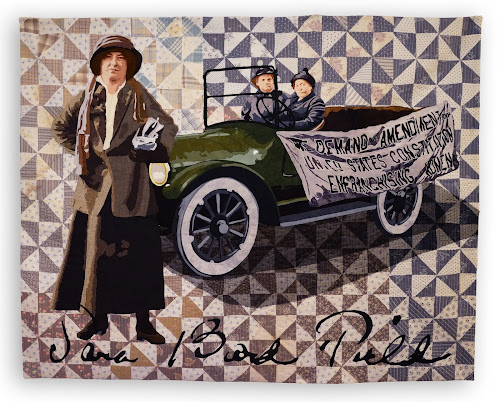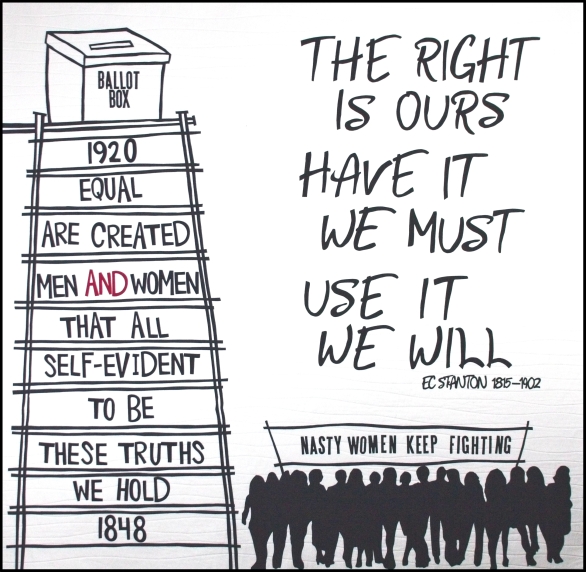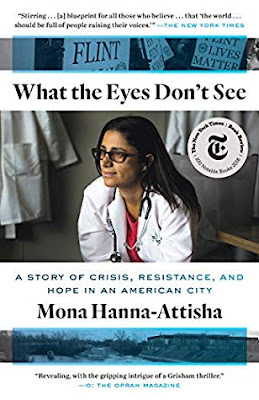My grandfather Lynne O. Ramer wrote hundreds of letters which were published in the
Lewistown Sentinel by Ben Meyers in his column
We Notice That. Many were filled with memories of his boyhood in Milroy, PA.
Today I am sharing his letter which appeared on September 7, 1968, in the
Lewistown Sentinel. He recalls boyhood in the haylofts of barns in the early 20th c.
*****
Lots of Work and Fun-Making When Barns Flourished
Up in the Haymow
Being a Blue Hollow lad back in the days when every farm had its great big and roomy barn, filling it was a lot of hard work. But there was something to compensate for it. There was lots of fun-making too.
Up in the haymow there were also sheaves of wheat, oats, and corn stalks. The mow’s floor consisted of scanty, open-face planks where the food for the livestock had to be handled with tender care or it would be ruined.
To prevent spontaneous combustion and heatings and excess molds, causing fire to break out and perhaps burn the building to the ground, there had to be proper ventilation.
So the kids had to heap the hays and straws and sheaves in the most intricate manner. After those things began to settle down, the puzzle of getting out of it would have challenged the skill of an escape artist like Houdini. The kids had a job trying to untangle the mess.
It was hard on the kids too on a smootheringly hot day. In the haymows the harried youths dragged and tramped the hays until they actually dropped from sheer fatigue.
Remember, it was 100 degrees and more up there beneath the tin roof. Then the kids sweated, but in the winter time they almost froze up there, chutting the feeds down through the mow hole, down to the ever-hungry horses and cows.
Yet, despite all this, it was like a paradise up there next to the cool tin roof on a rainy day. It was pleasant and relaxing, listening to the pitter-patter of the rain. Or the clank-clank of hail stones in sweet music as they descended on the corrugated galvanized roof.
‘Twas no place to linger on sub-zero days, dragging the food supply to the mow holes. It was fully a 50-foot drop from the top of the mows to the barn floor below.
wnt
Knocked Out Cold
So the muscle-power of the cows and horses had to be called on to help. A one-inch hemp rope around the neck of Old Daisy, Old Bessy or Old Dobbin or Old Mary would pull the pitchfork-holding sheaves up to the top.
The arrangement worked real well. But then one day Mary’s colt whinnied at an unguarded moment. The rope was tightened as Mary tried to go to her baby and it caught the farm boy, who was tossed through the air “with the greatest of ease.”
When he hit bottom he bounced off a heap of limestones. Result: The lad was knocked out cold. It was a long sleep for him before he woke up with the help of old Doc Boyer. Unconscious he was from 2 p.m. to 8 a.m. the next day. The youngster had the “ride of his life,” nearly the last ride.
When the thunder rumbled and the lightning flashed and the rain and hail pummeled the galvanized roof, nobody had to worry about being up in the haymow. They felt perfectly safe. No electrical charges landed there. There were four lightening rods. Ben Franklin proved a point with his kite.
If a lad got careless when the mows were being filled he might disappear in the hap, falling through an unfloored section of the floor, reappearing again in the stable below—scaring a horse or cow half out of its wits.
wnt
Thresher Comes Around
The time came when Homer Crissman* brought his threshing rig to separate the chaff from the grain. The thresher was set up. And soon the barn floors were littered with dust and chaff and the wheat and oats sheaves did fly.
The cone-capped stack grew bigger and even bigger in height and width. There the livestock could munch later, but meanwhile the chickens followed the sifting chaff and grains away out into the meadows and fields.
Yes, the kids had lots of useful things to fill their lives. Unlike the youths today, they didn’t need thrills such as some do nowadays—pulling over mailboxes, prowling rural lanes, scaring the people by the noise of their motorcycles.
Gone are the days and gone also are many of the old-fashioned barns which furnished to much work and play, not only for kids, but for all the family.
*Samuel Homer Crissman was born in 1858 in Mifflin County, PA. He was a farmer in 1910. In 1930 he ran a saw mill. He passed in 1940 at age 82.
*****
My grandfather lived with his mother and Ramer grandparents in Milroy. Joseph Sylvester Ramer and Rachel Barbara Reed are shown below with their house and an outbuilding behind them. Joseph ran a saw mill.
After the death of Joseph's first wife Anna Kramer he married Rachel Barbara Reed. Their daughter Esther Mae gave birth to Lynne in 1905. When Joseph died, Esther and Lynne continued to live with Rachel.
When Gramps was nine he lost both his mother and his grandmother. His mother's siblings stepped in to care for him. He lived with his aunt Carrie Ramer Bobb and aunt Annie Ramer Smithers.
 |
| Carrie Bobb (52 y.o.) and Lynne Ramer (24 yo.) |
 |
| Annie and Charles Smithers in the 1940s |
Charlie Smithers encouraged my grandfather's academic success. Gramps worked his way through college and seminary at Susquehanna University and Columbia Teachers College. Later, he earned his Masters in Mathematics from University of Buffalo.
*****
My husband's maternal grandfather John Oran O'Dell was a farmer with a thresher in Lynn Township, St. Clair Co., MI.
He had a farm in the upper left corner of Lynn Twsp. almost to Brown City. The 'old homestead' had a large barn.
*****
Although my first home was an 1830s farmhouse, we didn't have a barn, just a series of 'sheds' or 'garages'. But across the street was another 1830s farmhouse with a barn. When my dad was a boy, he would help John Kuhn. Below is John with a load of hay, his barn in the background.



























